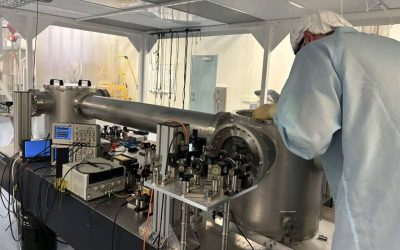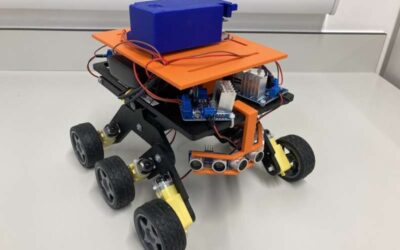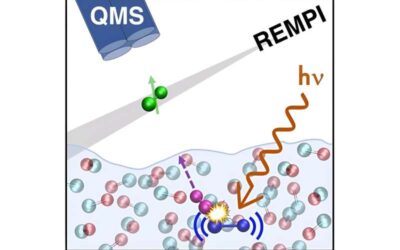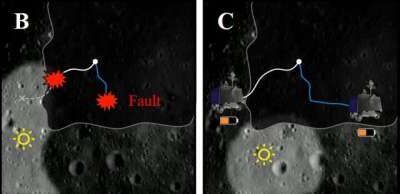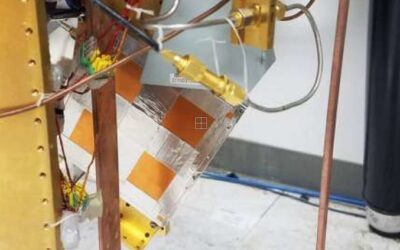The LUX ZEPLIN (LZ) Dark Matter experiment is a large research effort involving over 200 scientists and engineers at 40 institutions worldwide. Its key objective is to search for weakly interacting massive particles (WIMPs) by analyzing data collected by the LZ...
Astronomy & Space
Search results for dark photon leptonic decays manage to exclude new regions
Dark photons are hypothetical particles that resemble light particles (i.e., photons), but interact weakly with normal matter, which would make them impossible or very difficult to detect using conventional experimental methods. These particles are dark matter...
First results from the Axion Dark-Matter Birefringent Cavity experiment establish a new technique for axion search
Researchers at MIT recently published the first results of an experiment aimed at searching for axion dark matter by probing the axion-induced birefringence of electromagnetic waves. While these findings, published in Physical Review Letters, did not...
Exploring the possibility of probing fundamental spacetime symmetries via gravitational wave memory
As predicted by the theory of general relativity, the passage of gravitational waves can leave a measurable change in the relative positions of objects. This physical phenomenon, known as gravitational wave memory, could potentially be leveraged to study both...
New method could allow multi-robot teams to autonomously and reliably explore other planets
While roboticists have developed increasingly sophisticated systems over the past decades, ensuring that these systems can autonomously operate in real-world settings without mishaps often proves challenging. This is particularly difficult when these robots are...
Simulations show that exoplanets heated at deeper depths by their host stars display markedly different weather patterns
For many years, most astrophysical models assumed that planets beyond our solar system, known as exoplanets, are heated at similar depths by their host stars (i.e., stars like the sun around which planetary systems are formed). Analyses of recent observations by...
A three-step mechanism explaining ultraviolet-induced CO desorption from CO ice
The desorption of CO ice induced by ultraviolet (UV) radiation is a phenomenon that occurs in some cold parts of the universe, which has often also been replicated in laboratory settings. While this phenomenon is now well-documented, the molecular mechanisms...
New constraints on the presence of ultralight dark matter in the Milky Way
Dark matter, composed of particles that do not reflect, emit or absorb light, is predicted to make up most of the matter in the universe. Its lack of interactions with light, however, prevents its direct detection using conventional experimental methods.
A new approach to reduce the risk of losing solar-powered rovers on the moon
NASA and other space agencies worldwide periodically send robots and automated vehicles into space to explore planets and other celestial objects in our solar system. These missions can greatly improve our understanding of the environment and resources in other parts...
Study sets new constraints on the kinetic mixing of hidden photon dark matter
As dark matter is comprised of particles that do not absorb, emit or reflect light, it cannot be observed directly with the methods used to observe conventional matter. In recent years, astrophysicists worldwide have thus been devising methods that could help to...



